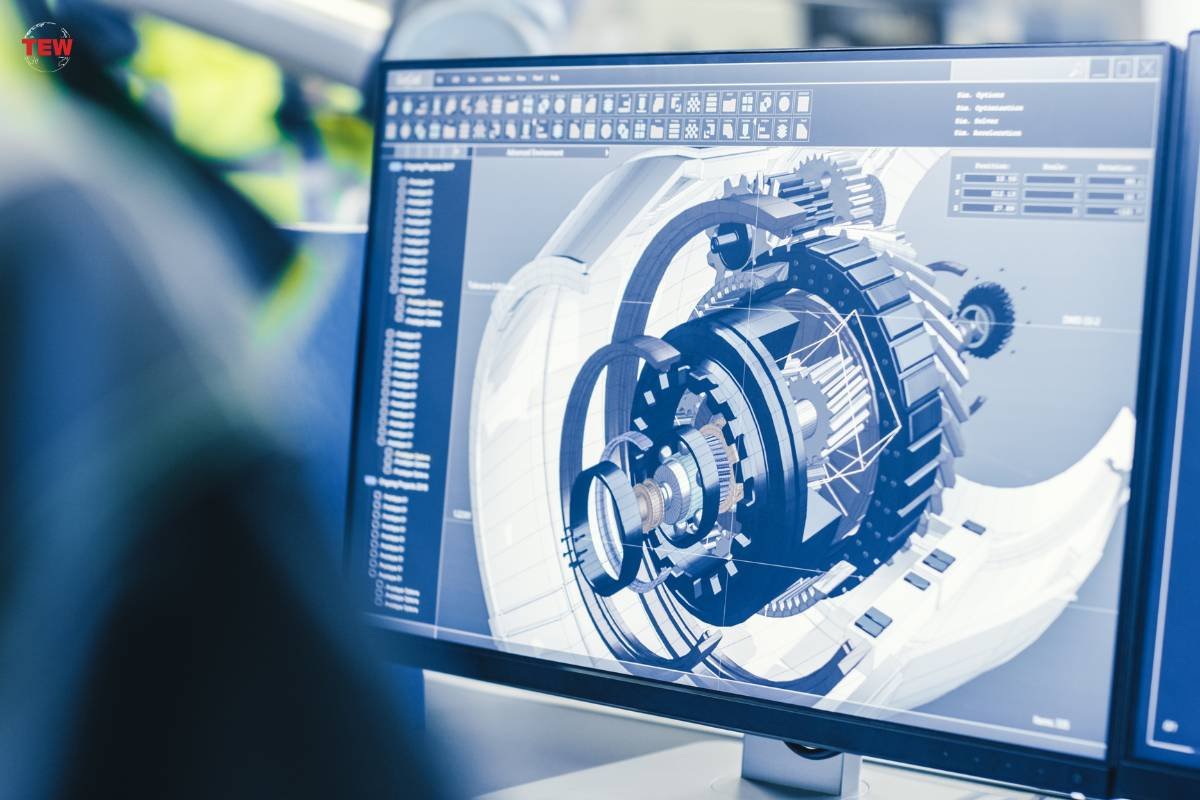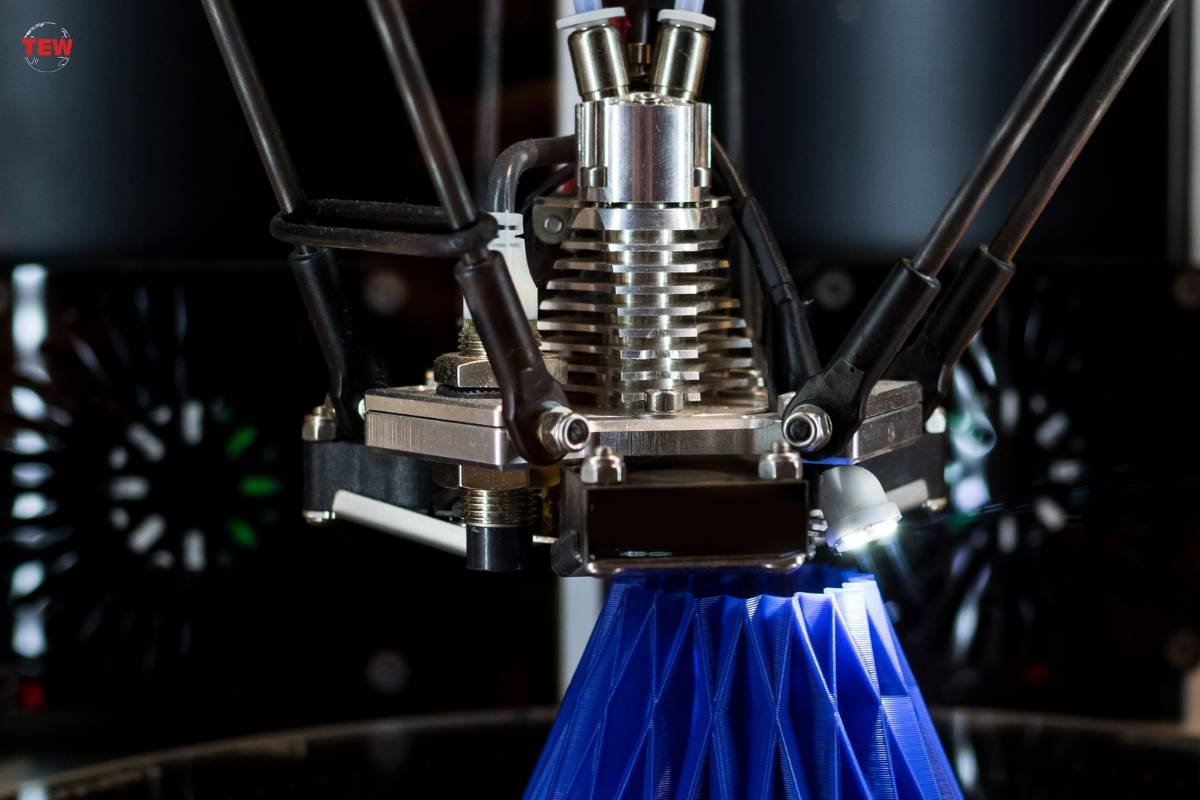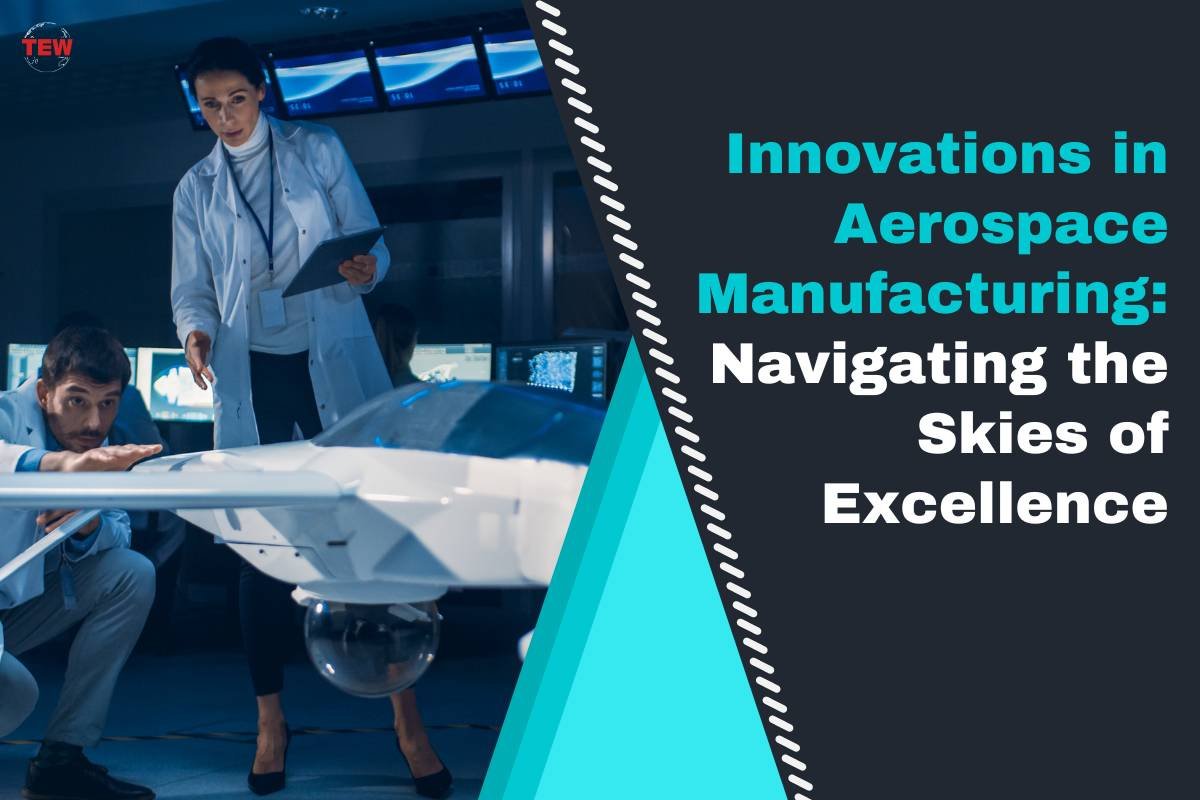The aerospace manufacturing industry stands as a testament to human ingenuity, pushing the boundaries of technology and engineering to new heights. From the inception of flight to the cutting-edge advancements of today, manufacturing companies have played a pivotal role in shaping the aviation and space exploration landscape. This article delves into the intricate world of aerospace manufacturing, exploring the key components, innovations, and the relentless pursuit of excellence that defines this dynamic sector.
Evolution of Aerospace Manufacturing:
Its roots trace back to the Wright brothers’ historic flight in 1903, marking the dawn of aviation. Since then, the industry has undergone a remarkable evolution, fueled by breakthroughs in materials, design, and manufacturing processes. Early aircraft were predominantly constructed with wood and fabric, but as technology advanced, metal alloys became the materials of choice, enhancing durability and performance.
World War II acted as a catalyst for manufacturing, driving rapid innovation to meet military demands. Post-war, the industry pivoted towards commercial aviation, and the Cold War era fueled the space race, prompting further advancements in aerospace technology. The latter half of the 20th century witnessed the emergence of giants like Boeing and Airbus, shaping the global aerospace landscape.
Key Components of Aerospace Manufacturing:
Design and Engineering: At the heart of aerospace is a meticulous design and engineering process. Aerospace engineers leverage cutting-edge software and simulations to create efficient and aerodynamic structures. The focus extends beyond functionality to incorporate fuel efficiency, safety, and environmental considerations.

Materials and Manufacturing Processes: Modern aerospace manufacturing relies on a diverse array of materials, including advanced composites, titanium, and aluminum alloys. Precision machining, additive manufacturing (3D printing), and composite layup techniques are integral to creating components with optimal strength-to-weight ratios. These processes contribute to the development of lightweight yet robust structures, a critical factor in aerospace engineering.
Quality Control and Certification: Stringent quality control measures are imperative in manufacturing to ensure the reliability and safety of aircraft and spacecraft. Regulatory bodies such as the Federal Aviation Administration (FAA) and the European Union Aviation Safety Agency (EASA) enforce strict certification standards. Companies must adhere to these regulations, subjecting their products to rigorous testing and inspections.
Supply Chain Management: The aerospace industry’s global nature necessitates a complex and interconnected supply chain. Companies must manage relationships with suppliers around the world, ensuring a steady flow of high-quality components while maintaining cost-effectiveness. Supply chain resilience is paramount, particularly in the face of global disruptions such as the COVID-19 pandemic.
Innovations in Aerospace Manufacturing:
Advanced Materials: The quest for lighter, stronger, and more durable materials continues to drive innovation in manufacturing. Carbon-fiber composites, for instance, offer a high strength-to-weight ratio, reducing fuel consumption and enhancing overall performance. Research into nanomaterials and metamaterials holds the potential to revolutionize aerospace manufacturing by introducing materials with unprecedented properties.
Additive Manufacturing: Additive manufacturing, commonly known as 3D printing, has gained prominence in aerospace. This technology allows for the creation of intricate components with reduced waste and lead times. It enables the production of complex geometries that would be challenging or impossible to achieve with traditional methods. Aircraft components, such as engine parts and lightweight structures, benefit from the precision and customization afforded by additive manufacturing.

Digital Twin Technology: Digital twin technology involves creating a virtual replica of an aircraft or spacecraft throughout its lifecycle. This enables real-time monitoring, analysis, and predictive maintenance, enhancing operational efficiency and safety. Aerospace manufacturers leverage digital twins to simulate and optimize the performance of their products, leading to improved designs and reduced development cycles.
Automation and Robotics: Automation and robotics play a crucial role in streamlining aerospace manufacturing processes. From assembly lines to quality control, robots enhance precision, reduce human error, and increase production efficiency. Collaborative robots, or cobots, work alongside human operators, combining the strengths of both to achieve higher levels of productivity.
The Relentless Pursuit of Excellence:
Aerospace manufacturing is synonymous with the relentless pursuit of excellence, driven by the demands of safety, efficiency, and technological advancement. Companies within the industry are committed to pushing the boundaries of innovation to create aircraft and spacecraft that exceed expectations. This pursuit manifests in several ways:
Research and Development (R&D): Aerospace manufacturers allocate substantial resources to research and development, investing in cutting-edge technologies and processes. R&D efforts focus on improving fuel efficiency, reducing environmental impact, enhancing safety features, and exploring new frontiers in space exploration.
Collaboration and Partnerships: Collaboration is a hallmark of the aerospace industry. Manufacturers often collaborate with research institutions, government agencies, and other industry players to pool expertise and resources. These partnerships foster innovation and contribute to the development of breakthrough technologies.

Environmental Sustainability: With a growing emphasis on environmental sustainability, aerospace manufacturers are investing in eco-friendly technologies. The development of electric and hybrid propulsion systems, biofuels, and more fuel-efficient engines reflects the industry’s commitment to reducing its carbon footprint.
Continuous Improvement: The aerospace manufacturing sector operates within a culture of continuous improvement. Companies regularly assess their processes, incorporate feedback from operational data, and implement measures to enhance efficiency and quality. This commitment to refinement ensures that aerospace products remain at the forefront of technological innovation.
Challenges and Future Outlook:
Despite its achievements, the manufacturing industry faces several challenges. Economic uncertainties, geopolitical tensions, and unforeseen events, such as the COVID-19 pandemic, can disrupt global supply chains and impact production. Additionally, the increasing complexity of aerospace systems poses challenges in terms of maintenance and skilled labor availability.
Looking ahead, the manufacturing industry is poised for continued growth and innovation. Advancements in electric propulsion, artificial intelligence, and space exploration technologies are set to shape the future of aerospace. As companies navigate these challenges and embrace opportunities, the skies of excellence remain the destination, with aerospace manufacturing as the vehicle propelling us forward.




